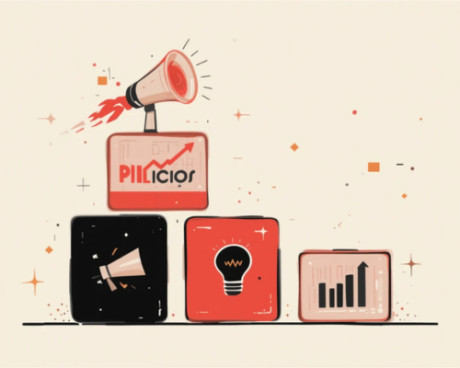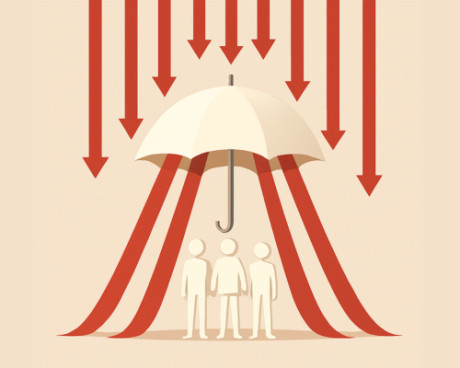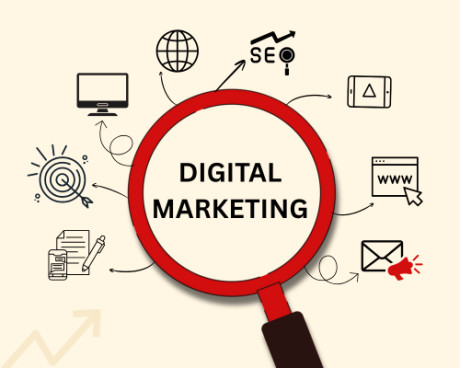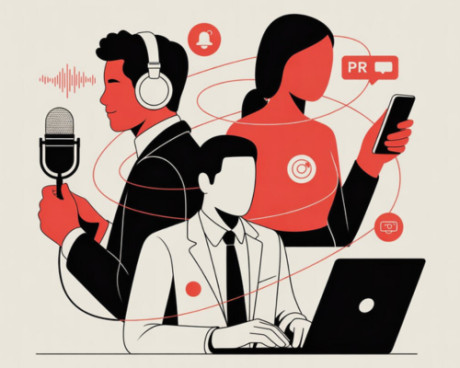
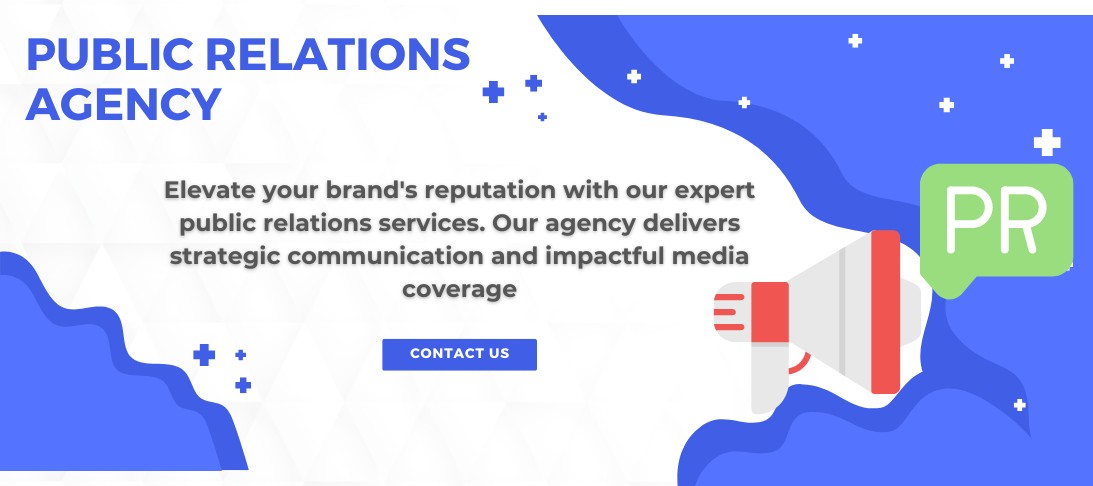
Impact of Narrative-Driven Public Relations On Brand Positioning
Business leaders often
stress about the importance of driving narratives aligned with their consumers
to position brands as reliable solution providers. In today’s digital age,
early narratives often become synonymous with brands and become critical for marketing
efforts and company growth.
However, contrary to
the widespread notion, a single narrative does not surround a brand. This is
not a phenomenon of the digital world but has been in existence for a long
time. Take Colgate for example, the American oral hygiene brand is often known
for its recommendation by dentists. However, at the same time, Colgate also
remains popular as a cost-effective oral hygiene solution for the global
population who are ardent believers that it also makes teeth whiter. These narratives
seldom raise questions but offer a meaningful interaction with the consumer
community while providing a unique selling proposition that drives the brand’s
growth. In today’s market, numerous businesses compete to take the throne of
monopoly holders while pointing out why they are the best, but seldom do brands
become synonymous with its narrative; something that is vital to position it
for success.
What is narrative-driven PR?
To put it briefly, the
term narrative refers to an engaging storytelling technique that establishes a
meaningful connection with consumers, thus reframing how they perceive an
individual or an organization. For example, the narrative surrounding
chocolates has historically been that it is safe for the consumption of children.
This narrative has established practices like gifting chocolates to children or
handing them one to stop their tantrums. However, little is known by the mass
population that chocolates are one of the biggest sources of sugar that causes
children to become hyperactive, thus leading to tantrums. Irrespective of the
scientific discoveries, the narrative has existed for generations.
It’s not necessarily
used only to influence people. The narrative is much simpler than that. To
define good and bad, right and wrong, meaningful or meaningless — narratives
are present in our daily lives and help us to make decisions instantly. They
are a tool for effective communication and have been used as a productive
avenue by PR professionals
to achieve optimum brand positioning for decades. In modern PR, it is used to
convey core messaging meaningfully to the target audience, and educate and
engage them while offering access to meaningful information that calls for
favourable outcomes that drive sales.
Why is it important?
In today’s world,
narrative is equal to ensuring long-term success. It is the combination of
critical information in a single message that highlights the vision of the
business and its values. Irrespective of domain, narratives are designed to
focus on solutions that can enable its target audience to achieve a significant
goal. Take Maggi for an example, where its narrative of a fulfilling and
nutritious meal that becomes ready within two minutes is designed to interact
with individuals who can afford little or no time to cook. In the case of
Microsoft, the narrative often leads people to understand its cost-effective
computing solution that is much more economical than its competitors with much
more expensive and complex offerings. For businesses in the 21st century,
narratives are important to address preconceived notions in public minds
regarding a brand, as they help to clarify misconceptions and raise awareness.
Narratives create a well-founded understructure for brand positioning, ensuring
continued success for the long term.
Another critical aspect
for businesses to use narratives in their marketing efforts is it is highly
controllable by the brand’s leadership. Controlling strategic narratives
through engaging storytelling helps to establish a highly loyal consumer
community and craft a robust brand perception among the masses. This helps to
counter false narratives at play, which are created regularly and have the
capability to create a crisis for brands. For example, Tata Consumer products
in India has successfully established a narrative of offering safe, reliable
and cost-effective products to its consumers, which has helped them to develop
a robust brand identity that can navigate through regulatory changes, potential
crises and false narratives with relative ease. Its community of loyal
customers work as its biggest promoter in the fast-moving consumer consumer
goods (FMCG) market, which offers long-term public trust, brand appreciation
and growth.
Case studies
Narrative-driven public relations
have been used for decades, and have turned out to be extremely successful at
times. Integrating strategic narratives in public relations
has enabled several brands to sustain their growth for decades while
establishing them as industry leaders in their respective domains. Let’s
discuss two case studies which discuss the impact of narrative-driven public relations for
brands in detail.
#Case Study 1 - While all of us often take milk for granted,
there was a time after the Indian Independence when it was perceived as a
commodity for the rich only. However, Amul changed the scenario for millions of
Indian families and became a mainstay in Indian households through its
narrative-driven PR campaigns.
From celebrating milestones of India and Indians to creating an image of Amul
as the enabler of rural farmers through the necessary technology and support —
Amul has been able to create a loyal user base that has used its dairy products
for decades or more. Even in the present day, Amul holds a monopoly in the
dairy business in India and several neighbouring countries
#Case Study 2 - Following its launch in 2007, Flipkart
aggressively adopted narrative-driven PR to establish a unique brand
positioning for itself. The e-commerce retailer displayed itself as an enabler
of millions of sellers across India while positioning them as reliable
logistics and delivery partners which humanised the brand to an extent where
its loyal customer community became the face of its famed ‘Big Billion Day’
campaign.
Most Popular Blogs
Newsletter
Categories
Related Articles
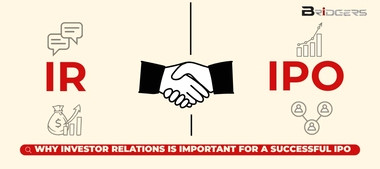
5 Reasons Why Investor Relations is Important for a Successful IPO
22 September 2025 / Admin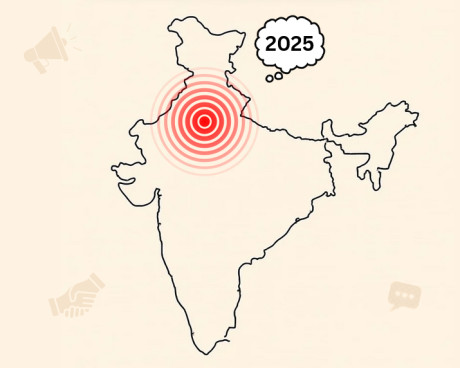
Transformative Impact: Role of PR agencies in Delhi in reshaping India’s PR landscape in 2025
01 February 2025 / Admin
Revolutionize Your PR: Strategic Campaigns that Drive Success
19 December 2024 / Admin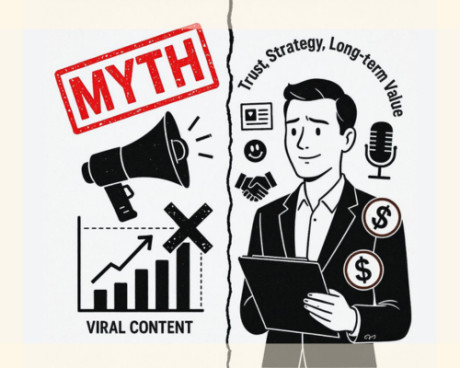
Busting Myths: PR is not a sales machinery nor a tool to make you viral
08 August 2024 / Admin
Why startups should avoid influence of AI in their PR efforts
16 July 2024 / Admin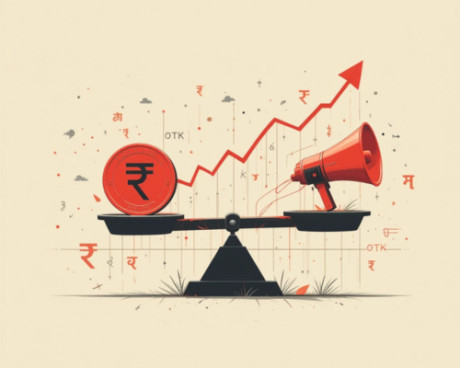
How Indian startups can maximise the ROI of their PR budgets
02 July 2024 / Admin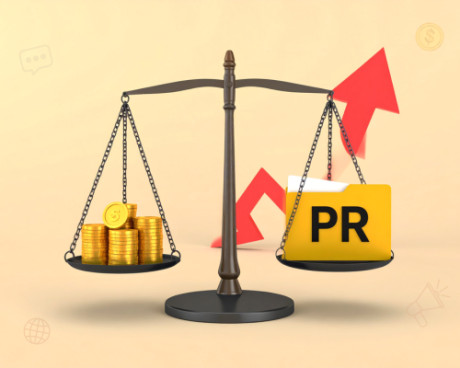
3 Tips For Bootstrapped Tech Startups to Leverage PR in Fundraising
15 June 2024 / Admin